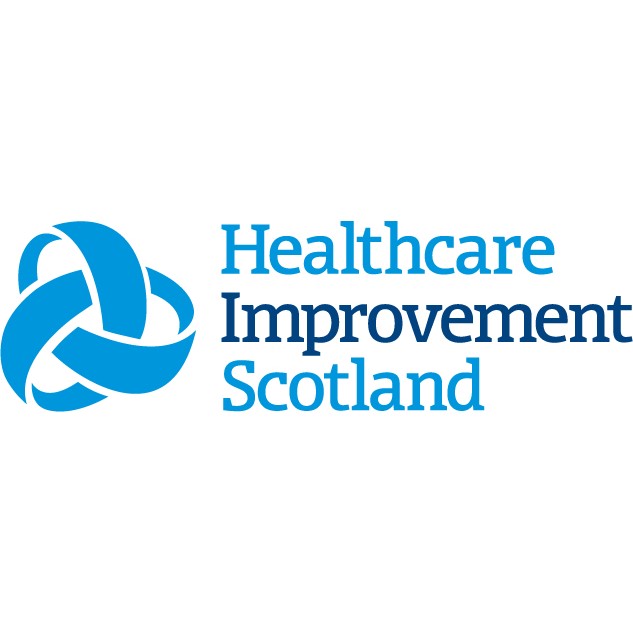How to use this tool
The frailty assessment and interventions tool is designed to support community health and social care teams to identify and assess people living with frailty and those at risk of falling. It contains interventions to consider, depending on an individual's needs. The tool can be used to help signpost individuals to the right care and support within the community. It can also be used as a checklist to aid assessment of risk factors and prompts for interventions that can reduce risk and improve wellbeing.
Frailty and falls screening
Check
|
| General health status and skin care |
| Recent decline in function or performance |
| History of recent falls |
| Increased hospital admissions or interaction with community services |
Consider
|
| Comprehensive geriatric assessment |
| Multidisciplinary team case review |
| Health and wellbeing interventions (smoking cessation, alcohol, healthy eating, exercise) |
| Pressure ulcer assessment |
| Future care plan |
| Key worker |
| Adult support and protection |
Support to live well at home or homely setting
Check
|
| Informal support being provided |
| Opportunity for social activities or access |
| Current care package |
| Community connections |
| Willingness to consider lifestyle changes |
Consider
|
| Welfare assessment and income maximisation |
| Carer's assessment |
| Community assets (befriending and active health classes) |
| Technology to support health and wellbeing |
| Referral to social work for home assessment |
| Key worker |
| Risk enablement |
| A Local Information System for Scotland (ALISS) |
Cognition, mood, fears and anxiety
Check
|
| Changes in memory or mood |
| Cognitive assessment |
| Delirium (sudden confusion) |
| Fear of falling |
| Signs of infection |
| Recent medication changes |
| Loneliness and isolation |
Consider
|
| Referral to community mental health teams or GP |
| Dementia services |
| Assistive technology assessment |
| Locality support (leisure and day services) |
| Advocacy |
| Counselling and wellbeing services |
| A Local Information System for Scotland (ALISS) |
Is the environment safe and suitable?
Check
|
| Transfers (bed, toilet and chair) |
| Safety on internal and external stairs |
| Lighting |
| Home hazards |
| Pathways around home are clear |
| Person's interaction with environment (risk taking and balance) |
| Whether housing meets needs |
Consider
|
| Occupational therapy, social work and housing |
| Scottish Fire and Rescue Service home safety visit |
| Referral to advise and support around home adaptations and repairs from Care and Repair |
| Fuel poverty check |
| Telecare |
| Housing support |
Evidence of weight loss or poor oral intake
Check
|
| Weight and body mass index (BMI) |
| Dentition |
| Ability to make meals and functional ability to feed self |
| Food and drink normally consumed |
| Ability to swallow |
Consider
|
| Carer support for preparing meals |
| Encourage hydration |
| Referral to dietitian for nutritional assessment, Malnutrition Universal Screening Tool (MUST) and supplementation if needed |
| Referral to dentist for issues relating to dentition |
| Vitamin D levels |
| Referral to a speech and language therapist if swallowing difficulty identified |
Complaints of dizziness, light-headedness or "just went down"
Check
|
| Recent medication changes |
| Manual heart rate |
| Blood glucose |
| Lying and standing blood pressure |
Consider
|
| Referral to practice or community nurse |
| Refer to GP if someone has experienced a loss of consciousness recently |
| Medication review |
| Discussing with specialist falls service |
| Telehealth and telecare |
Polypharmacy, high risk drugs
Check
|
| Any side effects, particularly dizziness, light-headedness, visual disturbance or hallucinations |
| Recent medication changes |
| Compliance with medication |
| Use of over-the-counter medication |
Unsteady gait, balance, muscle weakness and fear of falling
Check
|
| Mobility and gait |
| Walking aid use and condition |
| Splints, prosthesis fitting and compliance |
| Foot pain, skin colour, sensation and movement |
| Footwear and trip hazards |
Consider
|
| Community physiotherapy |
| Reablement |
| Occupational therapy |
| NHS strength and balance class or leisure class |
| Community connections |
| Assessment of balance |
| Podiatry and orthotics |
| Footwear and foot care advice |
| Encourage physical activity |
Incontinent of urine and/or faeces
Check
|
| Urinalysis |
| Clothing easy loosened |
| Catheter bags secured to leg |
| Changes to elimination habits |
| Taking diuretic medication |
Consider
|
| Referral to community or practice nurse for continence assessment |
| Provision of commode |
| Fluid intake |
| Medication review |
Visual or hearing impairment
Check
|
| Symptoms of vertigo |
| Hearing aids fitted correctly and working |
| Wearing current prescription glasses |
| Good lighting |

